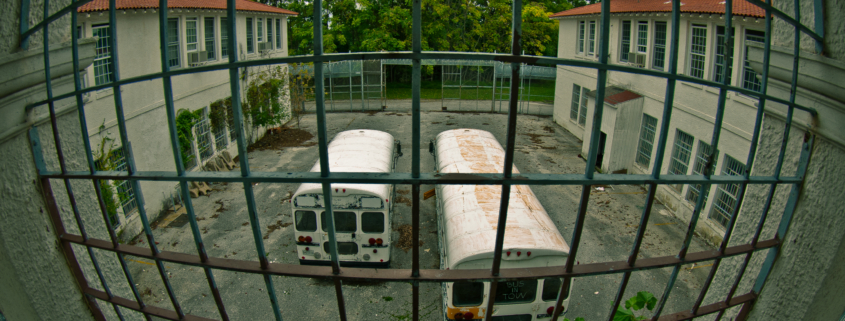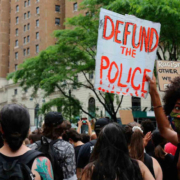Preventing our children from ending up in juvie hall
Everyday young boys and girls, all across America, are sent by their teachers to the principal’s office because they believe that they were “acting out,” are stopped by police (and questioned, searched, and sometimes arrested), or they are compelled to go in front of judges and sentenced to a period of time in a juvenile detention facility.
In the United States, we know that this is especially prevalent among young black and latino males, resulting in the infamous school to prison pipeline.
Invariably this often sets up a dynamic where children become drawn deeper and deeper into a criminal lifestyle which is increasingly difficult to get out of. This entire process is a waste of human potential and institutional and public resources often shouldered by taxpayers.
If you are a concerned caregiver, guardian, loved one, parent, relative, social worker, or other similar professional, then you have probably thought quite a bit about (and perhaps even struggled) with how to best guide children under your care, to minimize the possibility that they will become involved in or continue to participate in deviant and criminal activities and spend a lifetime cycling in and out of jail and prison.
There are numerous reasons why young people engage in deviance, delinquency and crime. In general, the causes for juvenile crime closely mirror those that lead to adult crime. Some of the more prominent factors include:
• Lack of proper guidance/good role models, and poor supervision
• Abusive and toxic families
• Being born into or being raised in families and situations where criminal lifestyles are normative
• A society that glamorizes crime/violence in human interactions and popular culture
• Peer pressure and wanting to fit in
• Immaturity
• Lack of or poor after school activities
We can spend considerable resources trying to determine which causes are the most prominent. But this does not necessarily lead us to appropriate solutions.
There are, however, a number of practical strategies that we can implement to minimize the possibility that our youth don’t go down that slippery slope and become involved in the criminal justice system.
So what is/are the answer/s? The good news is that there are numerous approaches and institutions that have been successfully used to minimize children from descending into a life of crime. Some of them are more prominent than others, and some are better able at minimizing the possibility that our children will visit the principal’s office, coming to the attention of the criminal justice system, and eventually going to jail or prison. None of them are easy to implement. Nevertheless, they include, but are not limited to:
• Educating our children about the role and practices of the police. (So that they understand that they are neither all good guys nor all bad guys).
• Addressing racism that is systemic in all institutions
• Using fewer offensive terms to call children who engage in deviant and criminal activities, to avoid the negative effects of stigma that this kind of labelling entails
• Removing children from criminogenic situations
• Better access to quality therapy, food and nutrition, and safe spaces to escape their challenging home lives.
• Increased funding to educational institutions that offer engaging instruction and curricula
• Encouraging more and better parental involvement.
• Providing abundant, diverse, properly supervised, managed and led meaningful after school activities (e.g., sports, boy scouts, girl scouts, boys and girls clubs of America, etc.)
• Minimizing screen time (esp., violent television programs and computer games)
Regardless of the intervention we chose to pursue, we need to examine each child and situation in a wholistic manner. We should not apply a one size fits all method. What is certain, however, is if we can address the criminogenic factors early on in a child’s life, then we might be able to prevent them from later getting involved in criminal activities.
Indeed, children need to learn from their mistakes. And there should be appropriate consequences for their actions. But by providing proper education, health resources, and supportive environments, they can actually grow from their experience and get the necessary guidance they so critically need.
Photo credit
Photographer: Stuart McAlpine
Title: Juvenile Detention Center












